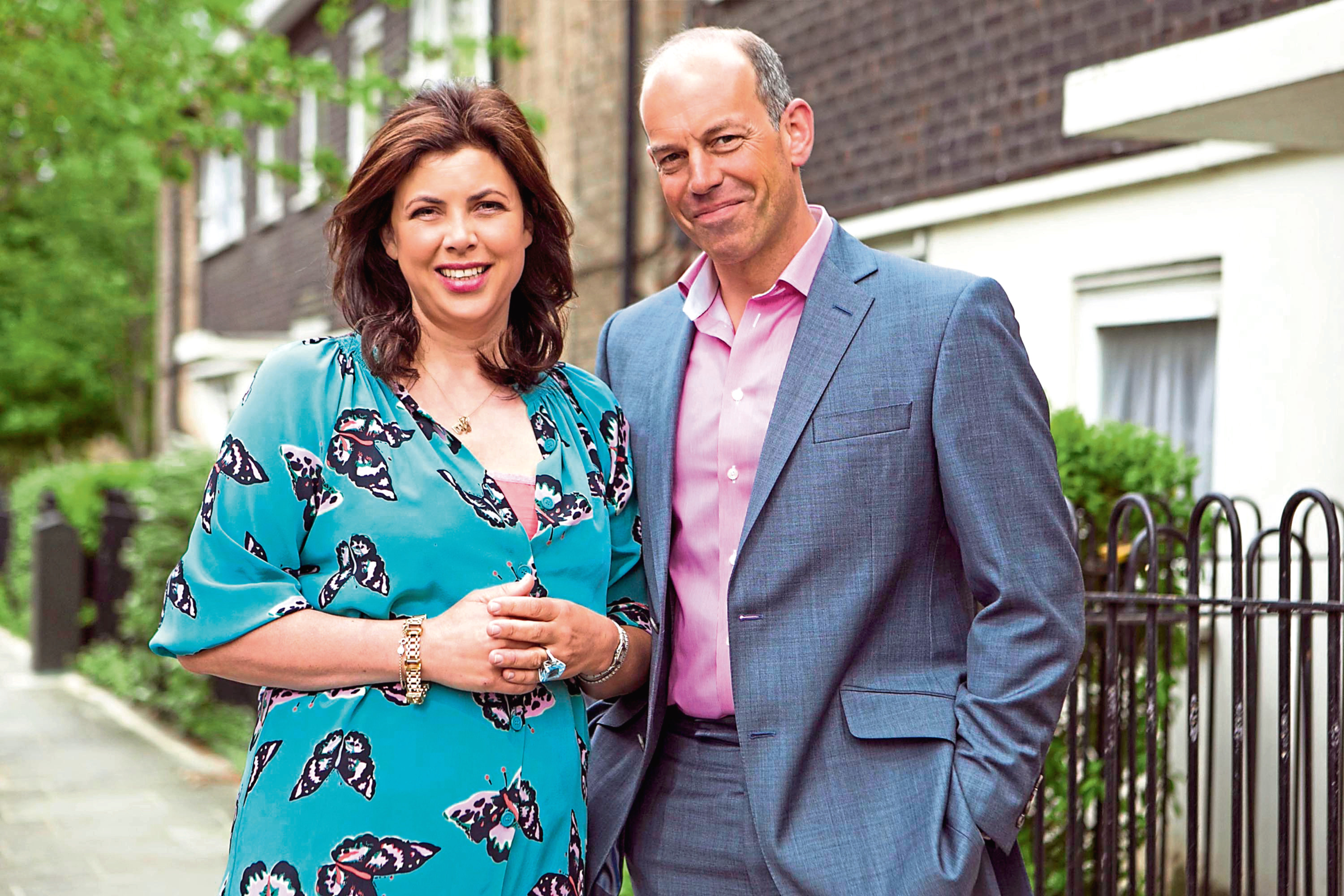
HOMEOWNERS now stay put for an average 19 years before moving, according to a new report.
Barclays Mortgages teamed up with property analysts Hometrack to find out how often homes change hands – and why people are staying put for nearly two decades, typically. And, if you are trying to sell your home, are there any steps you can take to improve your chances?
Here, TV property expert Phil Spencer shares his insight into current housing trends, as well as the property pitfalls to watch out for…
Why do you think people are choosing to stay put for so long rather than moving?
The cost associated with moving has increased significantly in recent times with agency fees, removal costs, etc. Without a booming housing market, homeowners perhaps haven’t generated equity in their homes that they would have done in previous decades that would have enabled them to take another step up the ladder.
What changes have you seen over the years in what buyers are looking for and how sellers are presenting their homes?
I’ve been involved in the housing market for over 25 years and, as with all things, there are trends. There are elements of fashion and, as with clothing, fashion changes, so be careful of that and don’t go too far out on a limb.
There was a trend for open plan and generally opening things out but I’d say that’s changing again. More en suite bathrooms have been prioritised recently. They take up more space and don’t always add huge amounts of value when re-selling, so it will be interesting to see if this lasts.
What should homeowners bear in mind when considering whether to move or improve?
Work out how long you would be able to stay in your property if you improved. Is it worth it? What would it be worth having done the work? It’s a big decision and it’s rare that the answer is obvious. If you’ve done your research, then go with your decision and stick with it.
Is it worth spending significant money on the garden as well as the home?
Yes – treat your garden the way you would treat another room. Outside space can be as valuable, if not more so, than another room in the house. I’m pleased to say people have realised this and are spending more time and effort on their gardens.
What do homeowners need to be mindful of when thinking about making improvements – are there pitfalls to watch out for?
Simply put – bad DIY. It’s obvious when something’s been done cheaply – we should all be mindful of that. You also need to be realistic with the space you’ve got. Every property has a ceiling price and as long as you’re aware of that, then you’re good.
I would say you need to be consistent. I’ve seen expensive bathrooms in cheap houses and it can look very out of place.
Also, don’t make things too personal to you and your taste and lifestyle. You always need to appeal to the largest possible denominator – there is a reason people use magnolia!
Is it better as a buyer to purchase a “doer-upper” or a turn-key home which needs no work – what are the pros and cons?
Each to their own, to be honest. Some people are in the right stage of life to do a project and some aren’t.
Last time I moved, taking a project on was the last thing I wanted to do. I was changing areas, which meant changing schools and I just wanted a home I could move straight into.

Enjoy the convenience of having The Sunday Post delivered as a digital ePaper straight to your smartphone, tablet or computer.
Subscribe for only £5.49 a month and enjoy all the benefits of the printed paper as a digital replica.
Subscribe